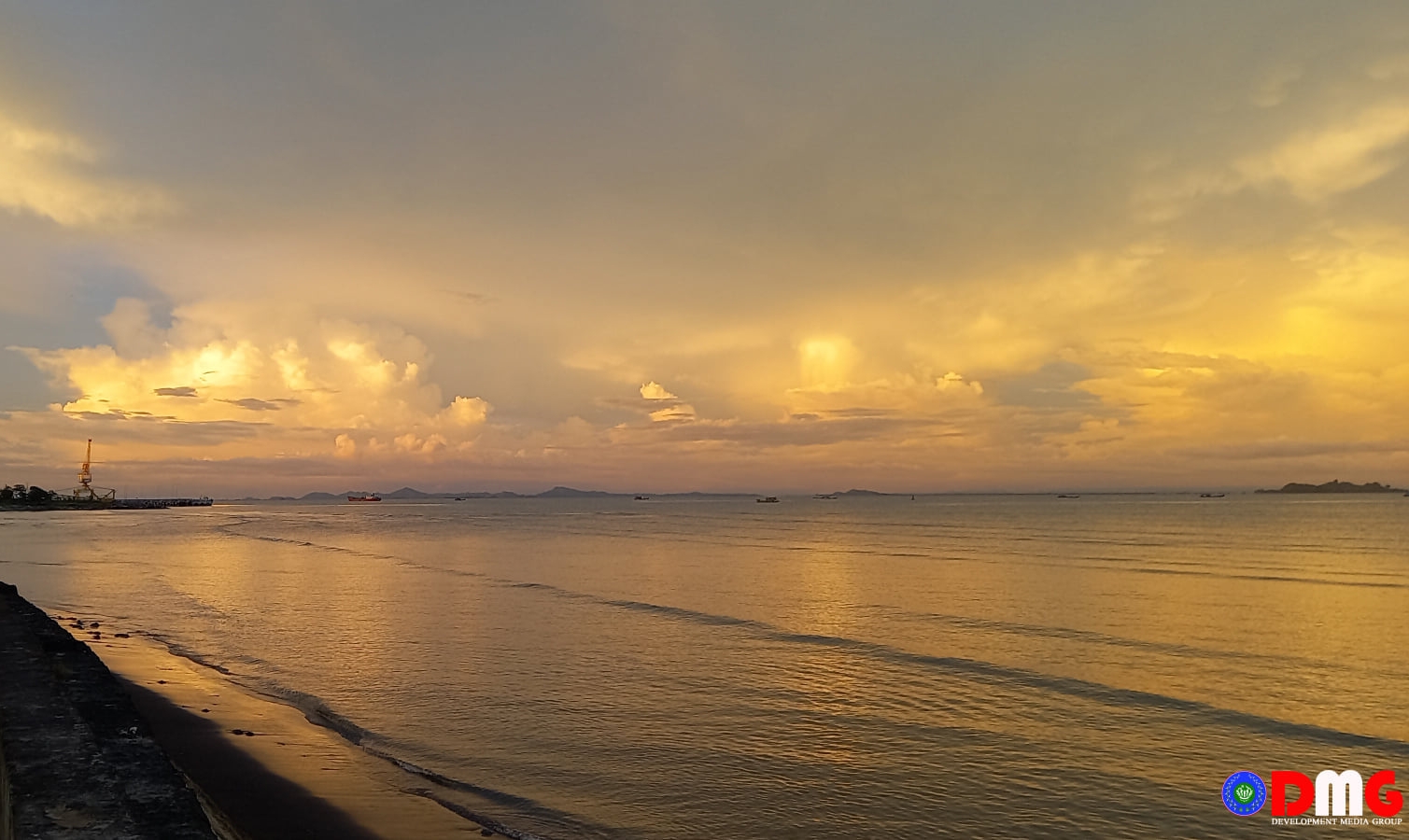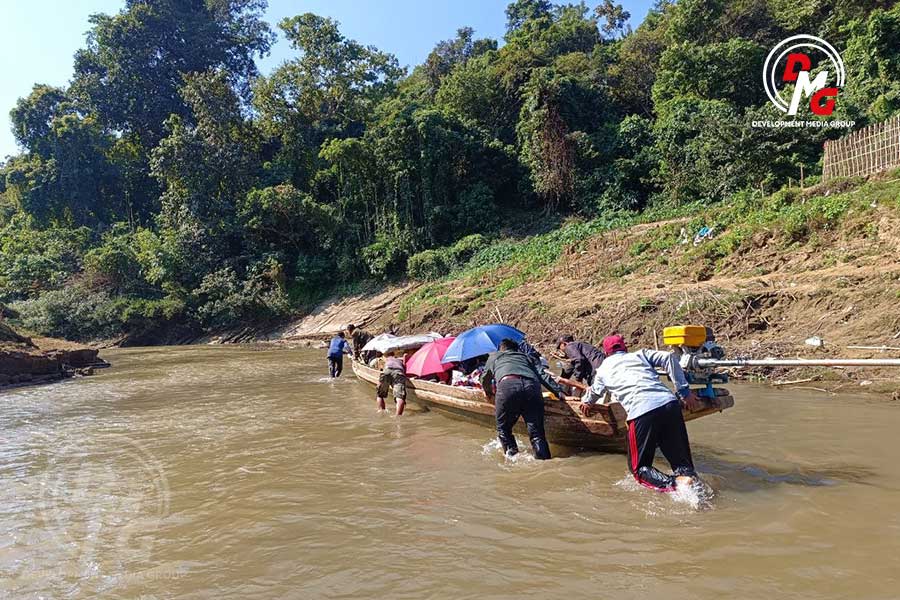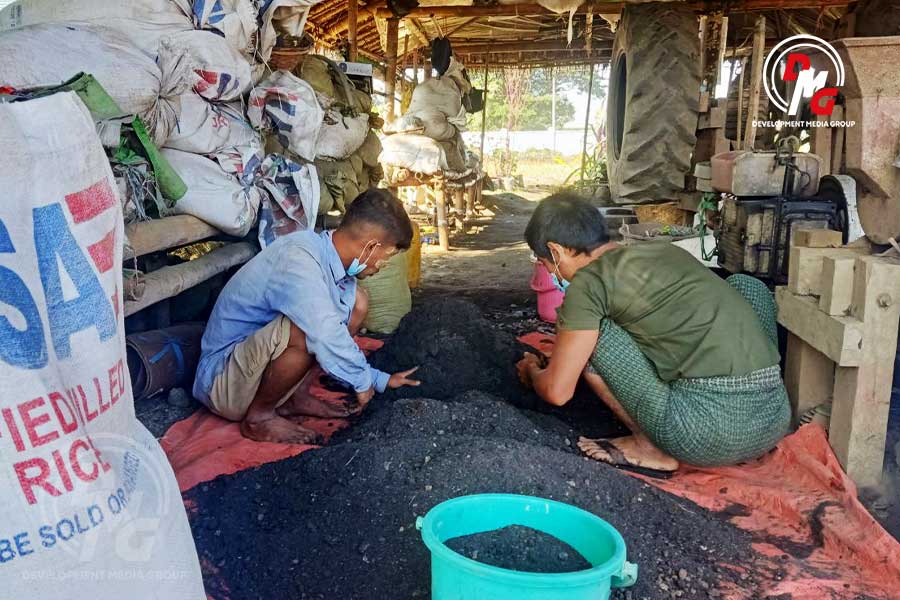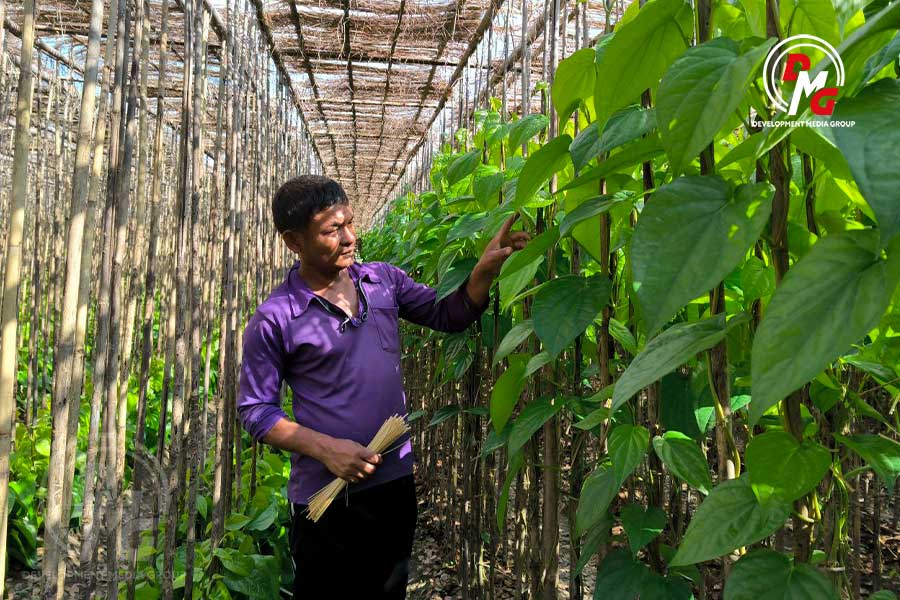- Residents in AA-held areas face new restrictions on travel outside Arakan State
- Natural fertilizer gains popularity among farmers in Arakan State
- Cut Off and in the Dark: How Communications Blackouts Are Deepening Human Suffering in Arakan
- ULA Health Department urges pharmacy owners to apply for drug sale, import licences
- Betel leaf cultivation booms in Arakan State amid rising prices
Experts warn of high levels of microplastics in Arakan coastal waters
Experts say authorities need to be wary of the growing presence of microplastics in seawater off the coast of Arakan State.
23 Dec 2021

DMG Newsroom
23 December 2021, Sittwe
Experts say authorities need to be wary of the growing presence of microplastics in seawater off the coast of Arakan State.
According to a survey by the research vessel Dr. Fridtjof Nansen of Norway, which visited coastal Myanmar in 2018, the amount of microplastics in the Arakan coastal region is comparatively elevated, said Dr. Thaung Htut of the Marine Conservation Society (WCS Myanmar), who was involved in the research.
“The Arakan coast is connected to other countries. As a result, the Arakan coast contains more microplastics than any other coast in Myanmar,” he explained.
Dr. Thaung Htut said high plastic consumption habits in Arakan State and the dumping of marine litter by local fishing vessels contributed to the increased microplastic levels in the state’s coastal areas.
Microplastics also tend to accumulate on and around underwater plants that are a basic building block of marine life food chains.
“Fish and prawns eat the underwater plants. Because these young plants contain microplastics, it is important to be careful about how much people eat these shrimps, considering the food chain,” he said.
Microplastics are fragments of plastic that are less than five millimetres in length, according to the US National Oceanic and Atmospheric Administration (NOAA) and the European Chemicals Agency.
Dr. Nang Myat Han, chairwoman of the Myanmar Coastal Conservation Association, said that in rural areas across the country, a lack of environmental awareness and local governments’ inability to properly deal with waste are a particularly harmful combination.
“People throw rubbish into rivers and streams. Care must be taken not to include plastics in this waste. It is also important to note that this can be toxic to the planet,” she added.
Dr. Nang Myat Han said that over time, plastics break down into microplastics.
“Microplastics go directly into the environment as tiny particles. For example, microplastics are being used in personal care and cosmetics. Particles from tires while driving and particles from clothes while washing are other causes of microplastics,” she explained.
Research has also suggested that microplastic particles could allow bacteria to develop a higher resistance to antibiotics.














.jpg)


